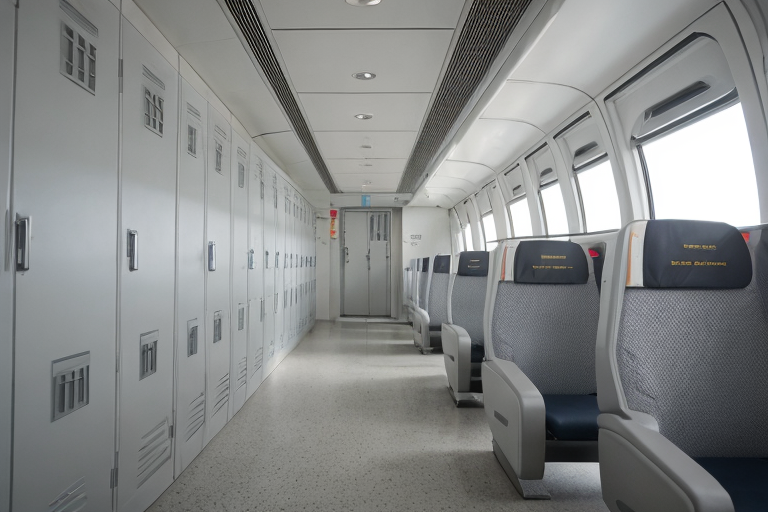The decline in late-night dining options, especially for shift workers and night owls, is more evident post the COVID pandemic. In stark contrast with the pre-pandemic period, several diners, restaurants, supermarkets, coffee shops, pharmacies and gyms are not operating 24/7 anymore due to changes in consumer habits and restaurant industry trends. Yelp’s data reveals that during 2020–23, there has been an 18% decrease in the number of restaurants offering round-the-clock services across America. New York City alone lost around 13%, while Los Angeles witnessed a staggering fallout rate of 35%. The slow recovery highlights shifts in customer behavior and restaurant industry trends such as earlier dinner times, less alcohol consumption late into evenings, higher labor and food costs forcing restaurants to shutter early or not reopen at all. Some establishments have resumed partial operations during weekends only. While breakfast-based chains like IHOP (around 50%) and Denny’s (75%) are recovering somewhat, Waffle House remains fully operational around the clock worldwide despite facing supply chain constraints affecting businesses since the pandemic broke out in March 2020. Restaurateurs caution that round-the-clock operations can be stressful due to staff shortages and high costs of food and labor during traditionally lower sales periods owing largely, partly due also public safety concerns sometimes linked to city areas beset with crime or noise issues leading businesses’ closures overnight.
Post-Pandemic Decline in Late-Night Dining Options: Shift Workers and Night Owls Suffer as Restaurants Adapt to New Consumer Habits and Industry Trends
•
Recent Posts
Advertisement
Advertisement example


Leave a Reply